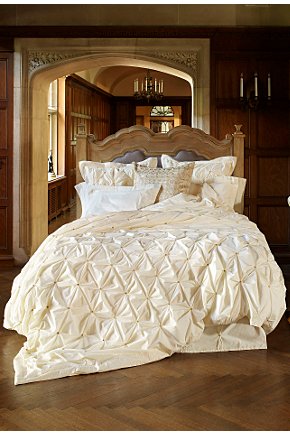I'm about to leave Israel after spending most of my summer vacation here, mostly relaxing but also, as a stroke of luck, volunteering at the Design Museum I wrote
a post about a while back. I'd like to make a habit of keeping track of the good things about a place, especially somewhere like Israel that is not entirely unjustifiably stereotyped as being a land full of crazy angry people yelling at each other all the time. So I thought I'd list some of the nice places where I've enjoyed sending my time. I've definitely forgotten something (and I've omitted a wonderful wedding I attended) but here's a quick rundown off the top of my head.
Jaffa Station Compound used to be a train station in the Ottoman era (apparently that's when the Turks had a lot of land, not when large swathes of the middle east were covered in plush fabric buffets). Recently it was renovated into a shopping and eating complex, and the beautiful old architecture has attracted some wonderful shops. My boyfriend's super sciency family were enthralled by the shop full of puzzles and toys, and I was incredibly delighted to find a charming antique shop full of old academic-looking doodads and vintage Eames and Le Corbusier chairs (one day I'll have great photos of it to show you as my boyfriend's ridiculously amazing photographer sister was there).
 Tazza D'Oro coffee house in Neve Tsedek
Tazza D'Oro coffee house in Neve Tsedek is a really cute, charming and homely coffee place with pretty good food. I've been there twice and the second time my boyfriend was disappointed with his meal, but I got the risotto balls and I ... dare I say it ... I had a ball. Ouch. Sorry about that one. Anyway, the Neve Tsedek neighborhood is really lovely, and is only going to get better the more it is renovated. It's such a breath of fresh air when you're in Tel Aviv to suddenly step out of the maze of high rises into an area full of eclectic stone buildings. It's sort of like stepping back into the real world after the virtual reality of bauhaus. Being from Yorkshire, I like a good trip to a scenic place to involve food or drink in some way, so Tazza D'oro made me very happy indeed.
Holon Design Museum is as nice as I was expecting it to be and more. I had a great time volunteering there, the gallery staff are almost all students of design so they have great insights about the exhibits, and the exhibits themselves are wonderful. The current exhibition, senseware, is a beautiful, futuristic white space filled with experimental designs using advanced artificial fibers. It gives you an image of a future where the personality and intimacy of craft is present in mass-manufactured goods through innovative use of charmingly tactile materials. Particularly amazing is the
Fukitorimushi, which Engadget wrote about during the Milan incarnation of the exhibition. I want to take it home!
Mineral beach: the web link really doesn't do it justice. Every time I come to Israel I have to go to the Dead Sea. I love travelling through the cinematic scenery of the desert, and being able to just lie back and relax looking at the blue sky and golden hills. I've never been to another part of the Dead Sea but apparently Mineral Beach is pretty unique and something of a hidden treasure. I'm told that to experience the Dead Sea you usually have to lie in a separate, designated pool, because most of the sea is being used for mineral extraction. At Mineral Beach there is no sign of industry, and somehow it's always deeply quiet even though there are other people milling about. They also have massage and a hot sulphur pool, which makes it all the better.
Onami: I've been staying in an apartment in the centre of Tel Aviv, a stone's throw away from Haarba'a street, which is home to a large selection of extremely good restaurants. Of the ones I've tried, Onami is by far my favourite. Tel Aviv has a huge number of Japanese restaurants, but Onami is the only one that really tastes Japanese. On the sushi menu they have the usual nigiri and hosomaki and temaki, but also chirashizushi and inari, which are both delicious and homely dishes that seem to me to be unfairly overlooked by other restaurants who probably take their lead from the Californian model of Japanese food. Their miso soup is made with red miso paste, which is always a way to win my affection, and they serve kanpyo, which isn't always available elsewhere. Details like this make the place wonderful for vegetarians and fish eaters alike, and I've loved popping over there for midnight supper a couple of times.







